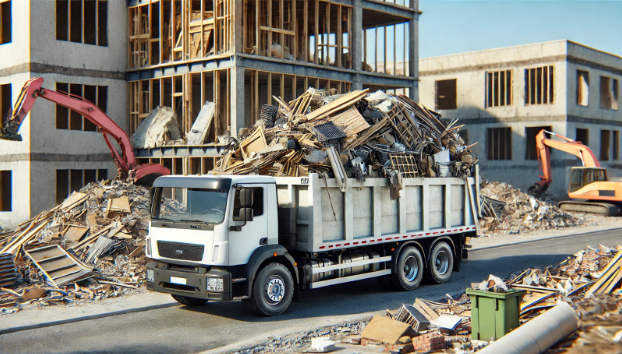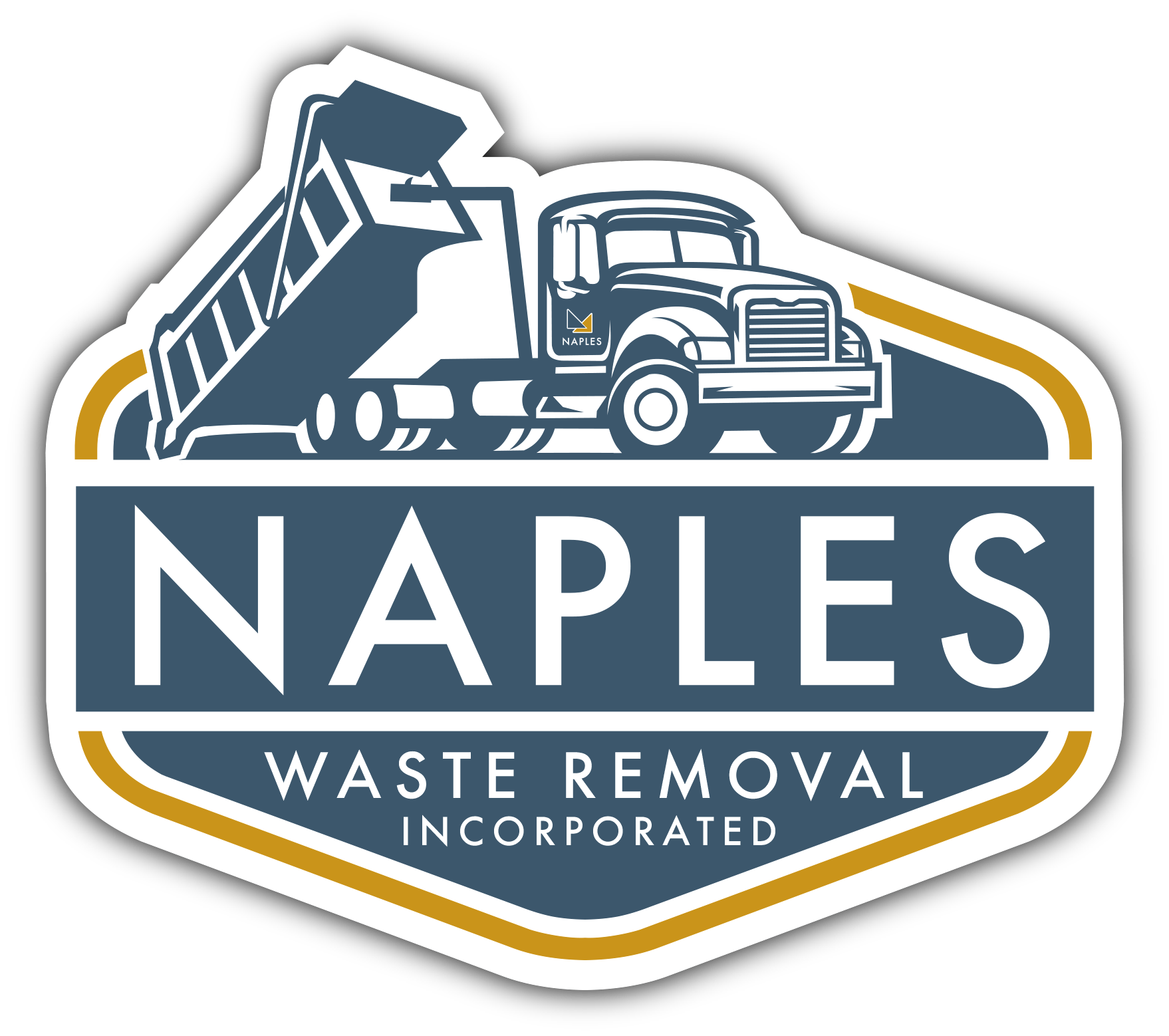
The Complete Guide to Construction Debris Removal for Residential and Commercial Sites
When you’re on a construction site, debris is inevitable. From concrete chunks to piles of wood, construction work leaves behind a hefty mess that needs professional handling. But construction debris removal isn’t just about cleanliness—it’s about safety, compliance, and efficiency. In this guide, we’ll cover what construction debris removal entails, why it matters, and how you can approach it effectively for both residential and commercial projects.
What is Construction Debris?
Construction debris refers to the waste material left over after construction or demolition. It includes a mix of:
- Concrete, bricks, and stones
- Wood and lumber
- Metal scraps
- Plastic sheeting and insulation
- Asphalt and tiles
This waste isn’t just an eyesore; it can pose safety hazards and environmental risks if not properly managed.
Why is Construction Debris Removal Important?
Safety
Unattended construction waste can cause trips, falls, and accidents, impacting worker safety and site efficiency.
Compliance
Regulations require safe disposal of construction waste. Improper disposal can lead to penalties and legal issues.
Environmental Responsibility
Proper debris removal reduces the environmental impact by recycling and minimizing landfill waste.
Cost Efficiency
Debris can hinder work progress and cause delays, ultimately costing more. Effective waste management keeps projects on track.
Types of Construction Debris Removal Services
Not all debris is removed in the same way. Here’s a breakdown of services commonly used for construction debris removal:
- Full-Site Cleanup
Comprehensive cleanup that removes all debris, making the site clear for further work or project completion. - Concrete and Asphalt Removal
Specialized equipment and handling are required to remove heavy materials like concrete and asphalt safely. - Wood and Metal Recycling
Many waste removal services sort and recycle usable wood and metal, reducing environmental impact. - Hazardous Material Removal
Some projects include hazardous waste, such as asbestos, that requires specialized disposal methods. - Selective Debris Pickup
A flexible option where you choose specific types of waste to be removed on scheduled days, perfect for smaller projects.
Steps for Efficient Construction Debris Removal
Step 1: Assess the Debris Volume and Type
Before arranging for debris removal, assess the types and amounts of waste. This helps you decide on the necessary services and budget for removal.
Step 2: Choose a Reliable Debris Removal Service
Look for a professional company that specializes in construction debris. Make sure they are licensed, insured, and compliant with local regulations.
Step 3: Schedule Removal at Optimal Times
Plan removal during low-traffic hours or after significant work phases to keep the project on track and reduce worker disruptions.
Step 4: Arrange for Recycling Where Possible
Separate recyclable materials like metal, concrete, and wood to reduce landfill contributions and support sustainability efforts.
Step 5: Confirm Proper Disposal
Ensure that the removal company complies with local and state regulations for debris disposal, especially for hazardous materials.
Common Costs Associated with Construction Debris Removal
| Type of Service | Typical Cost Range |
|---|---|
| Full-Site Cleanup | $500 - $5,000 |
| Concrete and Asphalt Removal | $150 - $1,500 |
| Wood and Metal Recycling | $100 - $1,000 |
| Hazardous Material Removal | $1,000 - $3,000 |
| Selective Debris Pickup | $100 - $500 |
Benefits of Hiring a Professional Debris Removal Service
While some companies attempt DIY solutions, hiring a professional service offers advantages like:
- Time Efficiency: Professional crews work faster with specialized equipment.
- Reduced Risk: Professionals are trained to handle hazardous materials safely.
- Environmental Compliance: Removal services ensure that waste is disposed of in eco-friendly ways.
- Project Continuity: A clean site means fewer interruptions, helping projects progress smoothly.
DIY vs. Professional Construction Debris Removal: What’s Better?
For small-scale projects, a DIY approach may suffice if you have access to dumpsters and disposal facilities. However, for larger or commercial projects, professional removal is generally safer, faster, and more compliant.
FAQs on Construction Debris Removal
Q: How long does construction debris removal take?
The time depends on the size of the site and the amount of waste. A small residential project may take a few hours, while large commercial sites could take days.
Q: What happens to the debris after removal?
Most debris is sorted, with recyclable materials taken to recycling centers and non-recyclable items to designated landfills. Hazardous materials are handled according to strict disposal protocols.
Q: Can I recycle all construction debris?
Not all materials are recyclable. Concrete, metal, and some wood can be recycled, but other items, such as certain plastics or hazardous materials, require specific disposal methods.
Q: Is construction debris removal included in my construction contract?
Sometimes. Check with your contractor as debris removal may be an add-on service or require a separate vendor.
Q: How can I minimize construction waste?
Opt for efficient building designs, order materials in precise quantities, and coordinate with recycling services to reduce waste.

